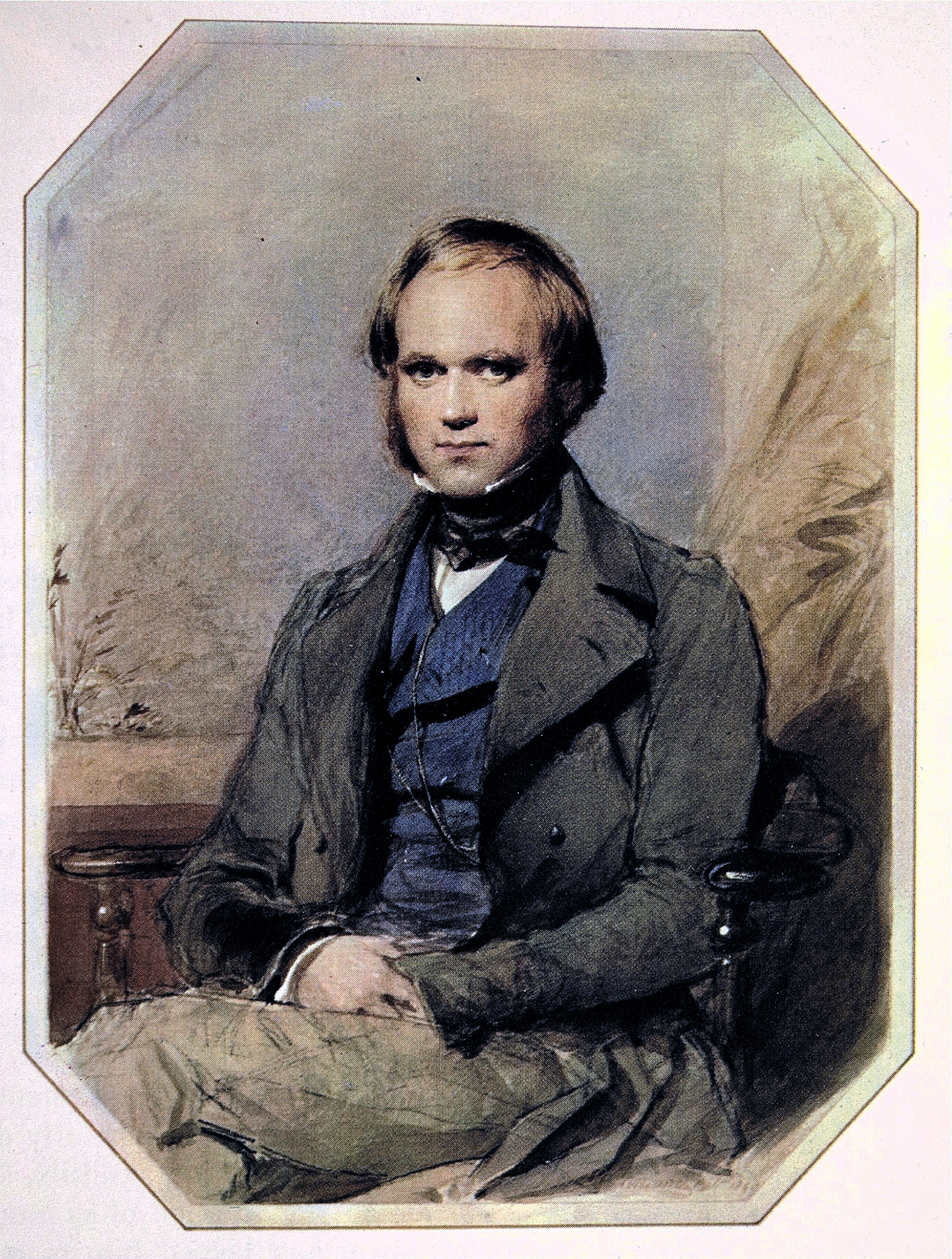More from the Handbook of Public Communication of Science & Technology. First, a look at science museums by Bernard Schiele:
Summary: Discusses the historical development of rationales and forms of science museums, as well as consistent purpose (preservation & education) and philosophy (reality is independent of our representations, reality is independent of language, truth is the precise representation of reality, and knowledge is objective.) 16th cen.: beginnings of collections; focus on the correspondence between man and nature; “cabinets of curiosity” & geographic collections. 18th–19th cen.: natural sci. museums with focus on classification (began to organize by non-geographic themes); museums as research centers (tied to growth in collections & development of sciences in 19th cen.); dioramas as spectacle. 19th-20th cen.: science & technology museums; experiment displays (physics & chemistry); achievements of industrial revolution, educational/democratic spirit; showcase “pure” science (sci. thinking & discovery.) 20th cen.: science centers; shift in focus to community (raise interest in sci. literacy & mediate between sci. institutions and the public), interactivity (active learning), and evaluation (of exhibits by pedagogic models); visitor at center of design (use all possible media); new emphasis on risk & uncertainty with progress; focus on science spinoffs, not “pure” science. Ends by discussing the emphasis of the public as museum actors, rather than the museum as a science showcase: broad changes in participation (talks, exhibits, animation) and community relationships (public questions decisions (Enola Gay), reflects broader social questioning of institutions).
Comments: Though Schiele emphasizes continued focus on modernist standards for interpretation & objective knowledge, I have heard of cases where museums offer a more social constructionist/all interpretations are subjective slant to exhibits. Also, recent cases where political/funding decisions may have (at least in the eyes of the public) influenced interpretive materials (Smithsonian (?) Arctic exhibit; Koch-funded Hall of Human Origins).
Links to: Holton (science/anti-science)
Next, how the Internet is changing science communication, by Brian Trench:
Summary: The Internet makes professional and public communication more “porous” and facilitates public access to scientific information; many professional activities are also mediated by the Internet, which facilitates both cooperation and fragmentation/specialization. Public impacts include diffusion of information beyond scientific communities (via news, PR, discussion groups) and new access to previously “hidden” professional processes (professional organization communications, pre-publications, professionals’ discussions, etc.) One major development is the journal open access movement (“revolt” against journal costs, desire to have publicly-funded research results freely available); there are questions about maintaining peer review quality and possible public misinterpretation of non-vetted results. Another development is research institutions hiring science writers, which can lead to journalists being left out of sci. comm. efforts. A third development is communications by individual scientists: blogs, podcasts, etc.- there are various motivations for these efforts, including social commentary, “coffee room chatter.” A primary problem for the public is differentiating between sources of information. For professionals, the questions are how much public scrutiny to invite and how much vetting of new information to do (e.g., developing standards that help people make decisions about source credibility.) Finally, the public is interested in areas of high uncertainty, and explaining that this is a normal part of science is a challenge.
Comments: Trench writes that few institutions with an online presence take advantage of the interactive possibilities of the Internet; this situation seems to be changing to some extent (though numbers are still probably small.)
And last, Alan Irwin tackles the problem of communicating about risk and uncertainty:
Summary: Begins by discussing three (coexisting, not stepped) models of thinking about science: “1st-order” (deficit model), “2nd-order” (engagement/dialogue), and “3rd-order” (the relationship between the first two.) With respect to risk communication, the current trend from deficit communications to dialogue represents a critique of past practices (e.g., the BSE/mad cow example in Great Britain.) The BSE example points to a need for openness to foster trust, recognition of uncertainty, and trust in the public’s ability to respond rationally to scientific problems. The three orders are related to general cultural philosophies. 1st-order focus is on the government’s role in minimizing uncertainty and bringing rationality to society (culture of modernity). 2nd-order thinking involves the need to revitalize institutions in light of risk-related challenges, the need for transparency and mutual trust, and the idea that some interest groups have valuable things to add to discussion. 3rd-order thinking is about considering effects of societal science and technology-related decisions; basically, putting issues into a wider social context and critically evaluating current approaches to communication.
Comments: Irwin points out that scientific progress and transparency aren’t mutually exclusive; this relationship is one of the things that 3rd-order thinking should address. Public engagement shouldn’t be an end unto itself, but should be part of that broader discussion of social implications.







